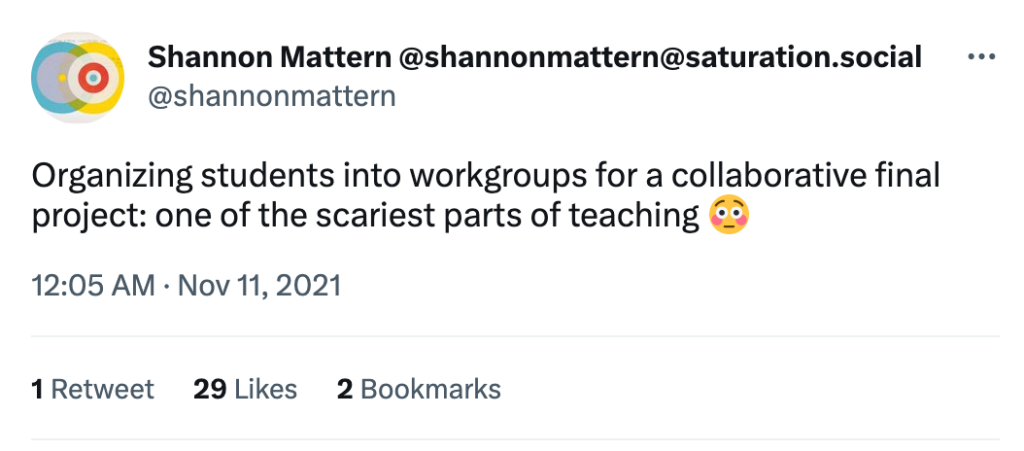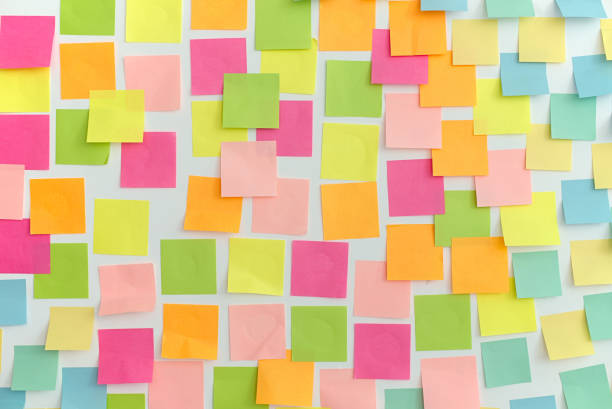Skillshares
Allegra, Lana (Narcan), Julia, Estefanía
Plan
There are no readings or other materials to prepare to discuss this week. Instead we will have short “lightning talks” in which you will share some key ideas from your final paper. Based on these presentations and your skillshares, we will form final project groups based on shared interests and complementary skills.

Collaboration & final project resources
We’re moving into the final part of semester, focused on collaborative group work around a production project that will manifest ideas from the conceptual work that we’ve done this semester. To aid in that I want to share some resources that I hope will help us think about collaborative work making disaster media.
• Study Collaboration. This is a project of Caroline Woolard, Leonard Nalencz, Or Zubalsky, and many others dedicated to culling resources that aid in collaborative work. (Warning, that link opens a website that will start playing sound.) Here is a direct link to a video (9min30sec) in which Caroline talks about the project. Resources listed there include projects about:
- using hand signals for group communication (this is probably more important for larger assemblies of people, but it reminded me of our skill shares on Morse Code and sign language),
- cultivating attention and focus during group work,
- mutual care and support in group work, and
- thinking carefully about creative diagraming (see the PDF).
• Alternative Unknowns. One of the projects listed on the above site is a project by designers Chris Woebken and Elliott P. Montgomery (former Parsons professor). They describe the project as “a simulator for pre-enacting possible emergency scenarios”, and it was created partly in partnership with NYC office of Emergency Management (where our guest Abby works). The project produced a hypothetical emergency script, and seven “speculative artifacts for emergency preparedness” which were performed and exhibited in a gallery context. You can watch a video of one of their role play games here. Note that even though this project includes a dangerous viral disease as part of the scenario, it was initiated in 2015 well before the COVID-19 pandemic.
• Set. This is a card game designed for small groups of people to play. It is fun & silly, but whenever I’m trying to assemble collections (like forming speakers into panels for a conference, readings into lessons for a syllabus, or people into groups for project work) I think about some of these dynamics of set formation. The game is built around a deck of cards in which each card has four “features”: symbol, number of symbols, color, and fill patter. The rules of the game are that you must form sets of three cards in which the four features are all the same or all different for each card in the set. In our case, we’ll be forming projects based on “features” outlined by the project brief: type of event, community, and modality – as well as media formats and the skills that each of you bring. We won’t be so strict about how we form groups, but I do think paying attention to cluster formation around likeness, difference, and complementarity follows some dynamics of the game.

Leave a Reply